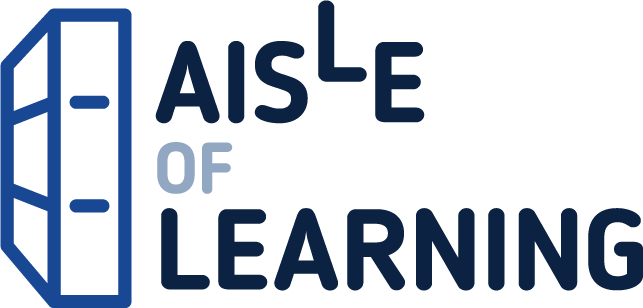The author draws from decades of research to deconstruct popular myths, misconceptions, and educational practices that undercut the achievement of low-income students. Gorski carefully describes the challenges that students in poverty face and the resiliencies they and their families draw upon. Most importantly, this book provides specific, evidence-based strategies for teaching youth by creating equitable, bias-free learning environments. Written in an appealing conversational tone, this resource will help teachers and school leaders to better reach and teach students in poverty. Book Features: A conceptual framework for creating equitable educational opportunities for low- and middle-income youth. Instructional strategies based on an analysis of more than 20 years of research on what works (and what doesn’t work). A depiction of teachers, not as the problem when it comes to the achievement gap, but as champions of students. Activities such as a Poverty and Class Awareness Quiz.
Reaching and Teaching Students in Poverty: Strategies for Erasing the Opportunity Gap (Multicultural Education Series)
$18.43
This book offers evidence-based strategies for educators to effectively teach students from low-income backgrounds and erase the opportunity gap.
Additional information
| Weight | 0.318 lbs |
|---|---|
| Dimensions | 15.2 × 1.9 × 22.2 in |
Reaching and Teaching Students in Poverty: Strategies for Erasing the Opportunity Gap (Multicultural Education Series)
$24.42
This book equips educators with strategies to foster equity and support the educational engagement of students experiencing poverty.
“A must-read for educators in schools of all kinds.” –Rethinking Schools “Recommended for any educator or those who support them–superintendent, principal, teacher, teacher candidate, board member–Gorski’s logic is unparalleled.” –School Administrator This influential book describes the knowledge and skills teachers and school administrators need to recognize and combat bias and inequity that undermine educational engagement for students experiencing poverty. The Second Edition features two new chapters–“Embracing a Structural View of Poverty and Education: Ditching Deficit Ideology and Quitting Grit” and “Cultivating School Change through Equity Literacy: Commitments and Strategies for School and District Leaders”–plus extensive revisions throughout based on newly available research and lessons from the author’s professional development work. Gorski outlines the dangers of “grit” and deficit perspectives as responses to educational disparities; offers research-informed, on-the-ground strategies for teaching and leading with equity literacy; and provides expanded lists of resources and readings to support transformative equity work in high-poverty and mixed-class schools. Written in an engaging, conversational style that makes complex concepts accessible, this book will help readers learn how to recognize and respond to even the subtlest inequities in their classrooms, schools, and districts. Book Features: Offers a research-informed alternative to popular simplistic approaches that undermine genuine efforts at educational equity. Outlines evidence-based strategies, policies, and practices that strengthen the educational success of students experiencing poverty. Incorporates vignettes to help readers reflect on key points and apply the Equity Literacy framework to classroom- and school-based scenarios. Embraces an intersectional approach to recognizing how class and poverty interact with race, gender, language, (dis)ability, and other dimensions of identity and experience. Includes an updated Poverty and Class Awareness Quiz.
Additional information
| Weight | 0.345 lbs |
|---|---|
| Dimensions | 15.6 × 1.3 × 22.9 in |
Reviews
There are no reviews yet.











Reviews
There are no reviews yet.